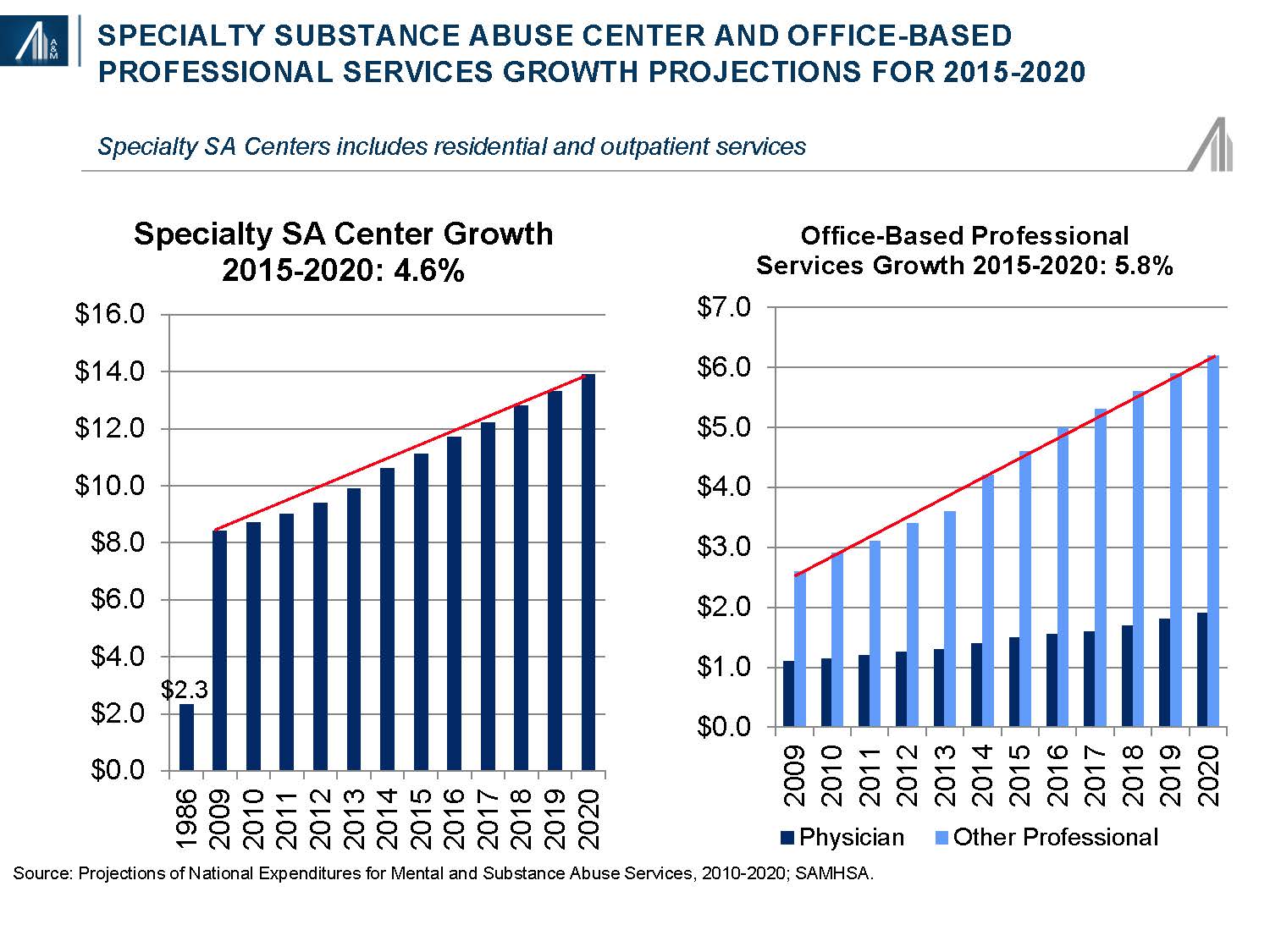With numerous reinforcers and conditioned stimuli, extinction can be tough to attain, and relapse is common Ouzir and Errami (2016 ). Behavioral theory suggests a number of strategies that concentrates on the breaking of cyclical pattern of compound usage. Contingency management, in which clients receive incentives or benefits for conference specific behavioral goals (e.
Contingency management methods are based upon principles of behavioral pharmacology and operant conditioning, in which habits that is followed by favorable repercussions is more likely to be repeated (Carroll, and Onken, 2005). Carroll, and Onken, (2005) in their article Behavioral Therapies for Substance abuse provides CBT intervention for substance addiction.

The defining features of these approaches are 1) a focus on functional analysis of substance abuse, i (how does society view drug and alcohol addiction treatment). e., understanding substance abuse within the context of its antecedents and effects, and 2) skills training, through which the private learns to recognize the situations or states in which she or he is most susceptible to substance abuse, avoid those high-risk situations whenever possible, and use a series of behavioral and cognitive methods to cope successfully with those circumstances if they can not be avoided.
Drug therapy and couple and household therapy also comes under the umbrella of https://sergioxwfy857.shutterfly.com/84 behavioral interventions. The defining function of couples and family treatments is that they treat drug-using people in the context of family and social systems in which compound usage may establish or be kept. (Brown, & Coldwell, 2006). This is more supported by animal studies showing that a boost in dopamine 2 receptors in the nucleus accumbens significantly decreases drug consumption. The brain-based medical model, to be sure, has actually contributed a lot to the understanding of the issue of dependency. However, training focus exclusively on the brain has actually possibly come at the expense of a more powerful explanatory model that includes a larger range of factors to consider.
The 3-Minute Rule for What Is The Course Of Treatment And Treatment Modalities For Alochol Addiction
Genetic researchers, for instance, estimate that 40-60% of the vulnerability to addiction can be attributed to genetic aspects. These quotes include the percentage of difference associated to genes as well as geneenvironment interactions. Sociological research study has likewise exposed a variety of ecological aspects known to contribute to dependency: the schedule of drugs tends to increase rates of addiction; low socioeconomic class has actually been discovered to be highly connected with illegal drug usage; poor adult support has actually been connected to drug use - how many people are seek treatment for methamphetamine addiction.
For instance, research study on non-human primates reveals that social context can have extensive stress-induced impacts on brain dopaminergic function; specifically, dominant high status monkeys were discovered to be resistant to cocaine's reinforcing impacts, whereas secondary low status monkeys were shown to be susceptible to drug's enhancing impacts [19] The insight that ecological elements may contribute to addictive behavior has also been used to cast doubt on some of the fundamental support of the brain-based medical model of dependency.
By utilizing, for example, direct electrical brain stimulation to condition rats, such studies has illuminated the benefit mechanism path of positive reinforcement [20] Comparable research studies have likewise been conducted to check out the enhancing homes of drugs. For example, rats and monkeys have actually been shown to self-administer stimulantsto the point of extreme weight reduction and even death [21] (what happens after addiction treatment).
Nevertheless, major questions have been raised about the construct validity of this line of evidence. The criticism runs as follows. The rats in the studies were checked in an unusual environment, a so-called skinner box, which is separated, stimulus impoverished, and extremely difficult. It is these ecological functions that can represent the unusual propensity the rats exhibited to self-administer drugs.
Not known Facts About Do Inmates Who Receive Treatment For Drug Addiction Relapse?
In his know popular "rat park" study, Bruce Alexander found that rats in a stimulus rich environment exhibited nearly no signs of addiction and used simply one quarter of the drug used by rats in the skinner box [22] But is this finding generalizable to people? Naturally, replicating the "rat park" research study in humans would be neither practical nor ethical.
During the war, drug usage by service member Addiction Treatment had actually reached epidemic proportions: approximately 20% of soldiers had returned from war addicted to heroin [23] Was their addiction-like the rats in the Skinner box-attributable to the highly demanding environment of war? That 95% of the same soldiers recuperated from addiction, without treatment, highly implicate the modification in environment had a strong role in their recovery.
Does this mean that druggie are either slaves to biology or slaves to their environment or some mix of the two? Evidence of the continuous capability for option in drug-addicted people complicates the picture of drug addiction even further. In a traditional research study of the everyday lives of drugs addicts, criminologists Preble and Casey found that, for the a lot of part, drug user do not act like slaves to their dependency at all [24].
For instance, scientists checked whether offering individuals addicted to break drug a choice from a variety of alternative strengthens that included fracture, money coupons, or merchandise vouchers, would reduce crack self-administration. Researchers discovered that the addicts confronted with an option from alternatives did not do not have the capability to refuse fracture in favor of other positive reinforces.
8 Easy Facts About How Much Does Medicaid Pay For Inpatient Addiction Treatment In Montana Described

One question that might develop is whether there exists a method to arrange and comprehend the relationship between these different measurements of drug dependency. Michael Gazzaniga, a pioneer of research on splitbrain patients, provides a beneficial way of believing about the issue. Gazzaniga begins by reasoning Go to this site that there are 3 crucial levels of understanding problems associated with the brain: 1) the brain 2) the mind and 3) society.
Thought about in this light, the above-stated limitations of the "moral" model, a simply social option, and the medical model, a purely brain-based option, would be partial at finest in that they overlook other essential levels of the problem and the interactions amongst them. Optimally, a solution to the problem of dependency would be multi-level: dealing with the problem at the level of the brain, mind and society.
On the biological level, a number of promising interventions are readily available. The most reputable of these is clinically helped treatment (MAT). This method looks for to re-establish the balance of power in the brain by restricting the effect of drugs. For the treatment of heroin addition, for example, a number of FDA approved interventions exist.
The benefits of this are three-fold: sensations of ecstasy are not elicited; withdrawal signs are blunted by the presence of the agonist on the receptor website; and the risk of abuse is low. Naltrexone, a villain, works by occupying the opioid receptor site and thus blocking drugs' blissful effects - what is treatment centers like for addiction. Immunotherapies are another promising technique.